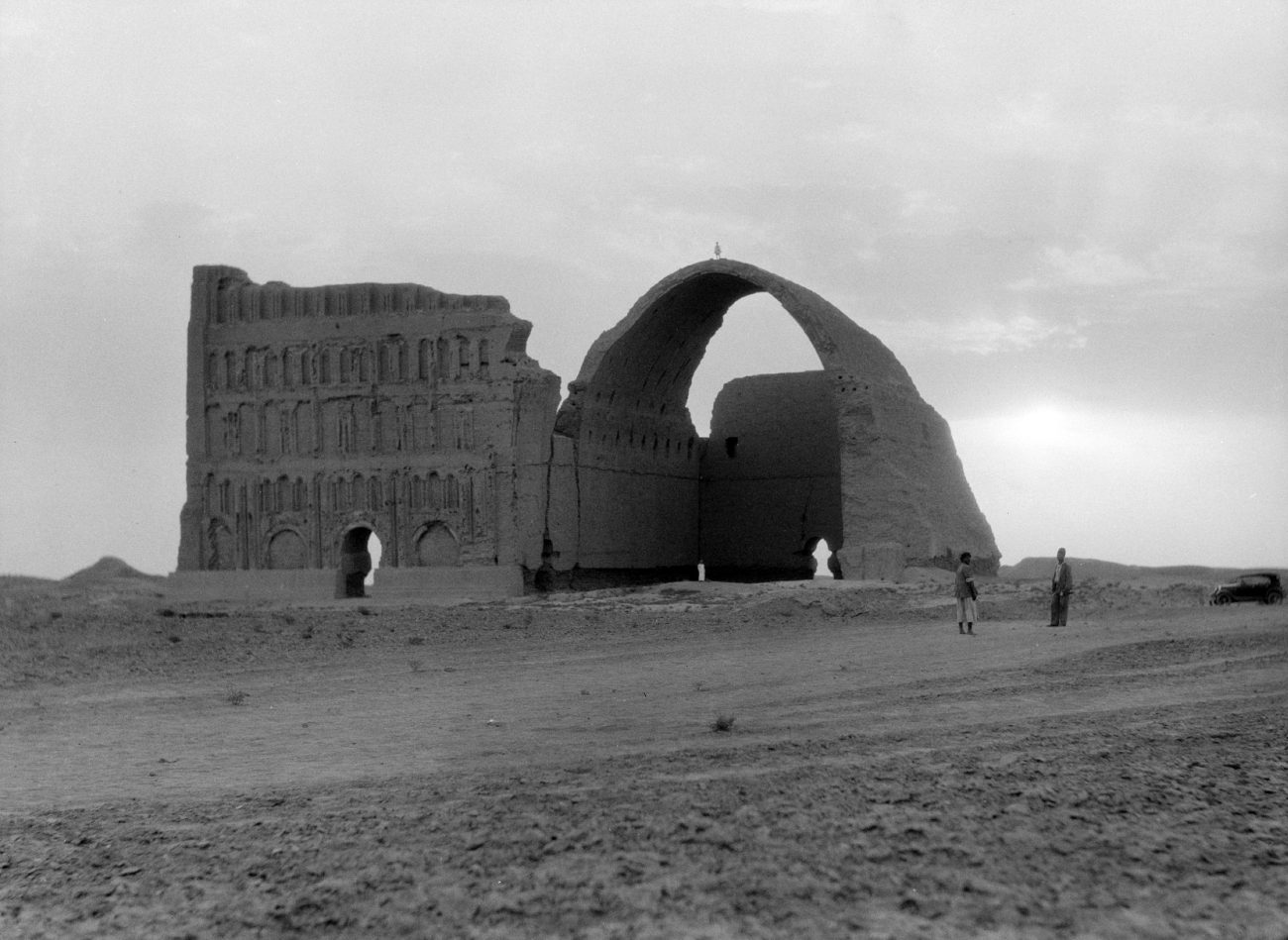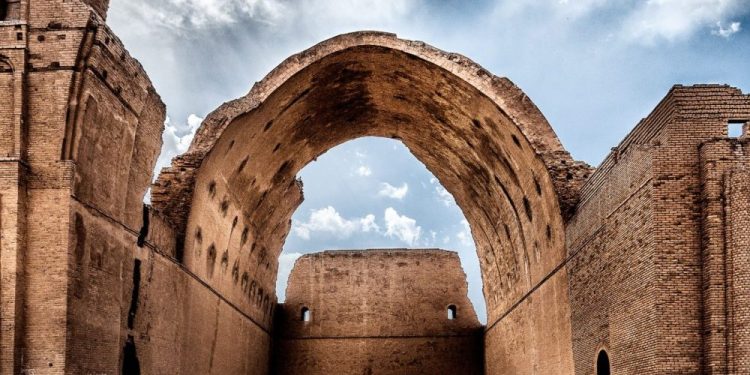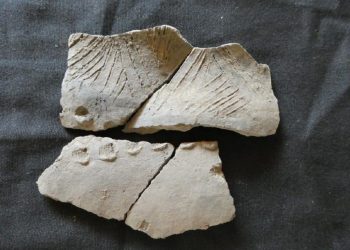Just outside modern-day Baghdad, near the town of Salman Pak in Iraq, stands one of the most extraordinary architectural relics of the ancient world: the Archway of Ctesiphon. This massive, free-standing structure—known locally as Taq Kasra—is all that remains of a lost imperial city that once served as the beating heart of the Persian Empire.
What makes it so remarkable isn’t just its scale, but the fact that it still stands at all.
The Archway of Ctesiphon holds the title of the largest single-span vault made of unreinforced brick anywhere on Earth. Over 1,400 years after it was built, it’s still holding its own weight without support beams, iron reinforcements, or mortar—a feat of engineering that modern experts still puzzle over.
Ctesiphon: a city built for kings
Ctesiphon itself was more than just a capital—it was an imperial seat for both the Parthian and Sasanian dynasties, two of the most powerful empires to rule the ancient Middle East. Founded sometime in the late 2nd century BC, the city sat directly across the Tigris River from Seleucia, a Hellenistic city established by the successors of Alexander the Great.
Roman geographer Strabo even described Ctesiphon as a city that began as a winter camp for the Parthian kings but grew into a thriving metropolis, filled with royal buildings, merchants, soldiers, and artists. It became the Persian Empire’s winter capital for over 700 years, surviving multiple dynasties until the Arab conquest of 637 CE.
The Archway of Ctesiphon: a structure unlike any other

Though the exact construction date of the Archway of Ctesiphon is still debated, most scholars place it somewhere between the 3rd and 6th centuries CE. Some attribute its construction to Shapur I, the powerful Sasanian king who ruled from 242 to 272 CE. Others argue it may have been built during the reign of Khosrow I (Anushiruwan the Just) in the 6th century.
Regardless of its builder, the structure’s specs are staggering:
-
37 meters high (over 120 feet)
-
26 meters wide (85 feet across the span)
-
50 meters long (164 feet)
The walls at the base are up to 7 meters thick, and the very top of the arch is still a full meter thick—all made from baked mudbrick, laid without any steel, rebar, or modern reinforcements.
Behind or beneath the arch once sat the royal throne room, measuring 24 meters wide and nearly twice as long—an enormous ceremonial space built entirely by hand.
This was more than a building. It was a message: Persian engineering, power, and aesthetics, all in one massive curve of stone and space.
A masterpiece still standing
For generations, the Archway of Ctesiphon stood at the heart of a royal complex that once defined Persian power. But the city around it has all but disappeared—erased by centuries of war, erosion, and a river that changed course.
Taq Kasra is the last piece left standing.
It’s been battered by time, shaken by earthquakes, and nearly swallowed by neglect. In 2019, emergency repairs were made to stabilize parts of the arch that had started to shift. Still, what you see today is mostly original—untouched for more than 1,400 years.
And yet, it stands.
No steel. No rebar. Just brick, gravity, and a vision that somehow defied collapse.
The Archway of Ctesiphon isn’t just a monument—it’s proof. Proof that ancient builders could pull off what would still be considered ambitious today. That a structure built by hand, with ancient tools and raw materials, could hold its own in the modern age.
And that’s why people still show up to see it. Not just to take photos—but to understand how something so old can feel so impossible.











